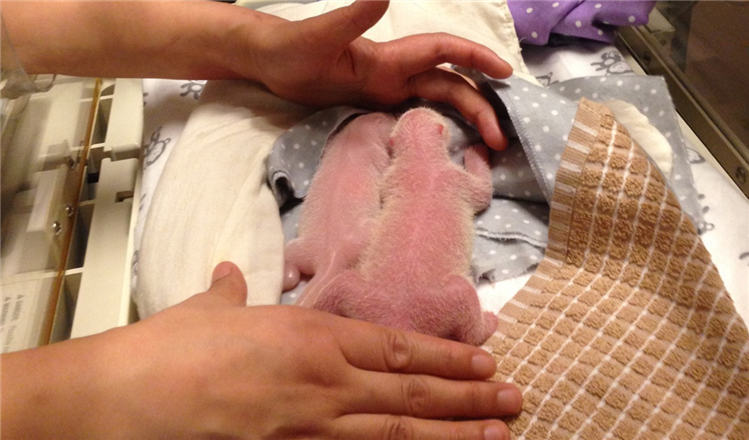Gene editing removes major barrier to pig-to-human organ transplant
Updated: 2015-10-15 07:39
(Xinhua)
|
||||||||
Thanks to a powerful new gene-editing technique, scientists have overcome a major hurdle for humans to receive life-saving organ transplants from pigs.
In a paper in the US journal Science this week, the researchers described using the CRISPR editing method to remove potentially harmful DNA sequences at 62 locations, which are the remnants of a virus called porcine endogenous retrovirus (PERV), from the pig genome.
Worldwide, human organs for transplant are in short supply. Researchers and clinicians have long hoped that the challenge could be alleviated through the availability of suitable animal organs for transplant, a concept known as xenotransplantation.
Pigs in particular have been especially promising candidates due to their similar size and physiology to humans. In fact, pig heart valves are already commonly sterilized and de-cellularized for use repairing or replacing human heart valves.
But one of the largest safety concerns has been the fact that most mammals including pigs contain repetitive, latent retrovirus fragments in their genomes -- present in all their living cells -- that are harmless to their native hosts but can cause disease in other species.
"The presence of this type of virus found in pigs ... brought over a billion of dollars of pharmaceutical industry investments into developing xenotransplant methods to a standstill by the early 2000s," senior author George Church, a geneticist at the Harvard University, said in a statement.
"PERVs and the lack of ability to remove them from pig DNA was a real showstopper on what had been a promising stage set for xenotransplantation."
In the new study, Church and his team made 62 genetic edits to inactivate retroviruses in pig epithelial cells, which they called "an explosive leap forward in CRISPR's capability when compared to its previous record maximum of just six simultaneous edits."
When these cells were then introduced to human cells in the lab, PERV infectivity was reduced by up to 1,000 fold, they said.
"Our work dispelled the shadow PERVs cast on the field more than a decade ago when the virus was discovered, while renewing our faith in xenotransplantation," lead author Luhan Yang, a postdoctoral fellow at the Harvard University, told Xinhua.
Yang said the team hopes eventually they can completely eliminate the risk that PERVs could cause disease in clinical xenotransplantation by using modified pig cells to clone a line of pigs that would have their PERV genes inactivated.
The remarkable and newly demonstrated capability for CRISPR to edit tens of repetitive genes such as PERVs will also unlock new ways for scientists to study and understand repetitive regions in the genome, which has been estimated to comprise more than two-thirds of our own human genome, they added.

 Autumn's colorful wardrobe
Autumn's colorful wardrobe
 Chinese Navy's training vessel arrives in Pearl Harbor
Chinese Navy's training vessel arrives in Pearl Harbor
 Robot dances, drones fly at HK Electronics Fair
Robot dances, drones fly at HK Electronics Fair
 Palace Museum: The past through the eyes of Magnum photographers
Palace Museum: The past through the eyes of Magnum photographers
 Designer Zhu Chongyun kicks off Shanghai Fashion Week
Designer Zhu Chongyun kicks off Shanghai Fashion Week
 A Canadian first: The birth of two panda cubs
A Canadian first: The birth of two panda cubs
 PLA navy ship arrives in Pearl Harbor
PLA navy ship arrives in Pearl Harbor
 Staring contests give gazing a competitive edge
Staring contests give gazing a competitive edge
Most Viewed
Editor's Picks

|

|

|

|

|

|
Today's Top News
Tu first Chinese to win Nobel Prize in Medicine
Huntsman says Sino-US relationship needs common goals
Xi pledges $2 billion to help developing countries
Young people from US look forward to Xi's state visit: Survey
US to accept more refugees than planned
Li calls on State-owned firms to tap more global markets
Apple's iOS App Store suffers first major attack
Japan enacts new security laws to overturn postwar pacifism
US Weekly

|

|







